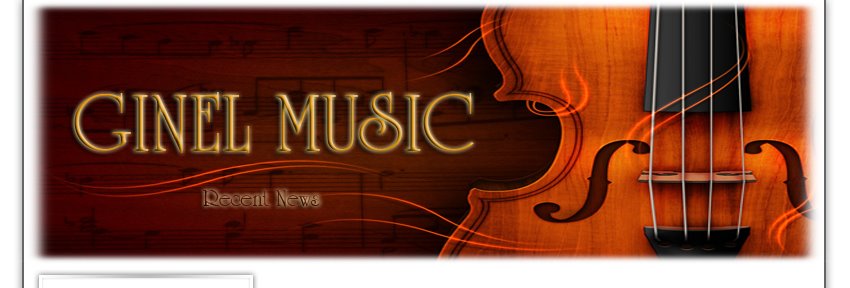Classical and popular music are often distinguished by their choice of instruments. There are few if any genres in which so many different instruments are used simultaneously by performing groups such as symphony orchestras, which often contain as many as 5 or so different types of string instruments including violins, violas, cellos, double basses and harp; 7 or more types of woodwind instruments; 4 or so types of brass instrument; and many diverse percussion instruments, sometimes as many as 10 different types. Also prevalent, especially in opera, is the human voice. Comparatively, most popular music genres involve fewer instruments. For instance a typical rock band will consist of a drummer, a guitarist or two, a singer or two, an electric bassist and, less universally, a keyboardist. Of course, crossover influences, such as string sections in pop recordings, are very popular as well, but rarely are backing strings considered to be part of pop or rock bands.
The instruments used in common practice classical music were mostly invented before the mid-19th century (often much earlier), and codified in the 18th and 19th centuries. They consist of the instruments found in an orchestra, together with a few other solo instruments (such as the piano, harpsichord, and organ).
Electric instruments such as the electric guitar appear occasionally in the classical music of the 20th and 21st centuries. Both classical and popular musicians have experimented in recent decades with electronic instruments such as the synthesizer, electric and digital techniques such as the use of sampled or computer-generated sounds, and the sounds of instruments from other cultures such as the gamelan.
None of the bass instruments existed until the Renaissance. In Medieval music, instruments are divided in two categories: loud instruments for use outdoors or in church, and quieter instruments for indoor use. Many instruments which are associated today with popular music used to have important roles in early classical music, such as bagpipes, vihuelas, hurdy-gurdies and some woodwind instruments. On the other hand, the acoustic guitar, for example, which used to be associated mainly with popular music, has gained prominence in classical music through the 19th and 20th centuries.
While equal temperament became gradually accepted as the dominant musical temperament during the 19th century, different historical temperaments are often used for music from earlier periods. For instance, music of the English Renaissance is often performed in mean tone temperament.
From Wikipedia




No comments:
Post a Comment